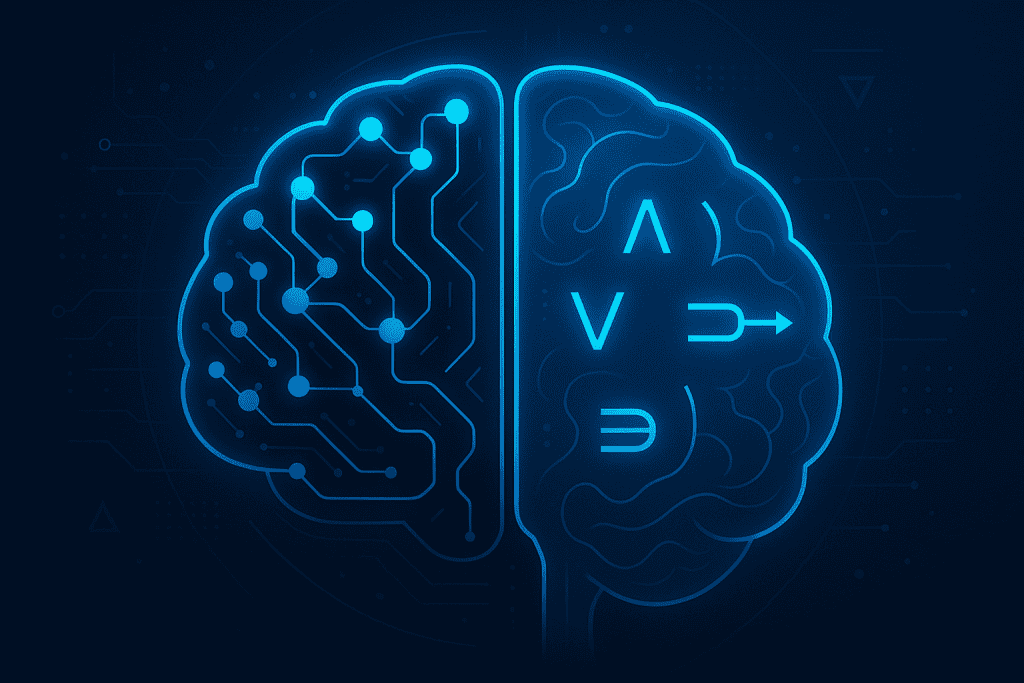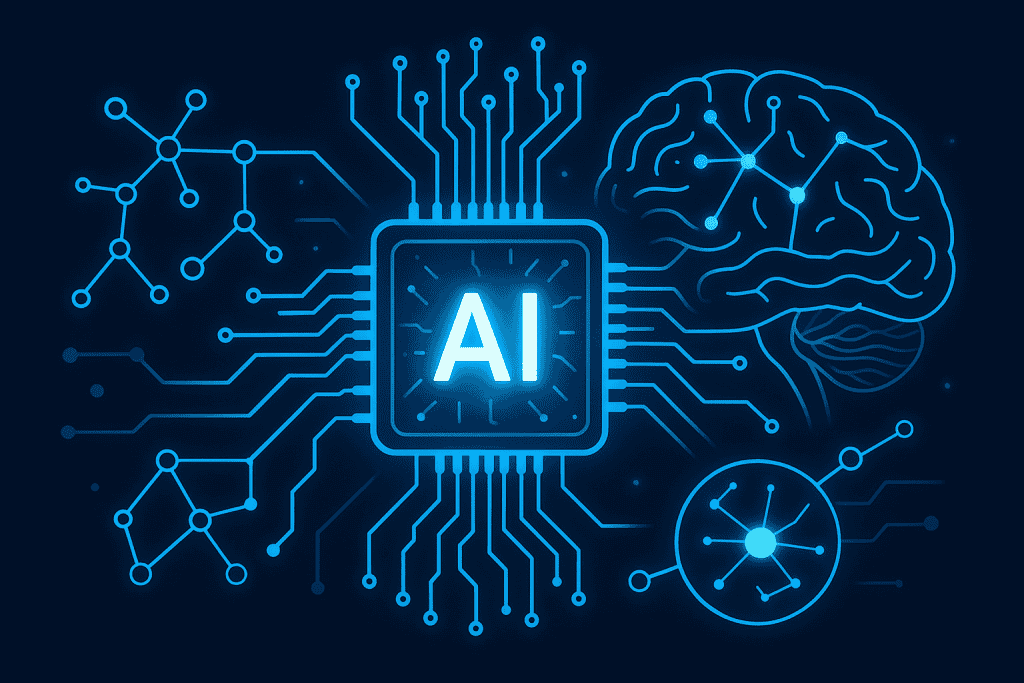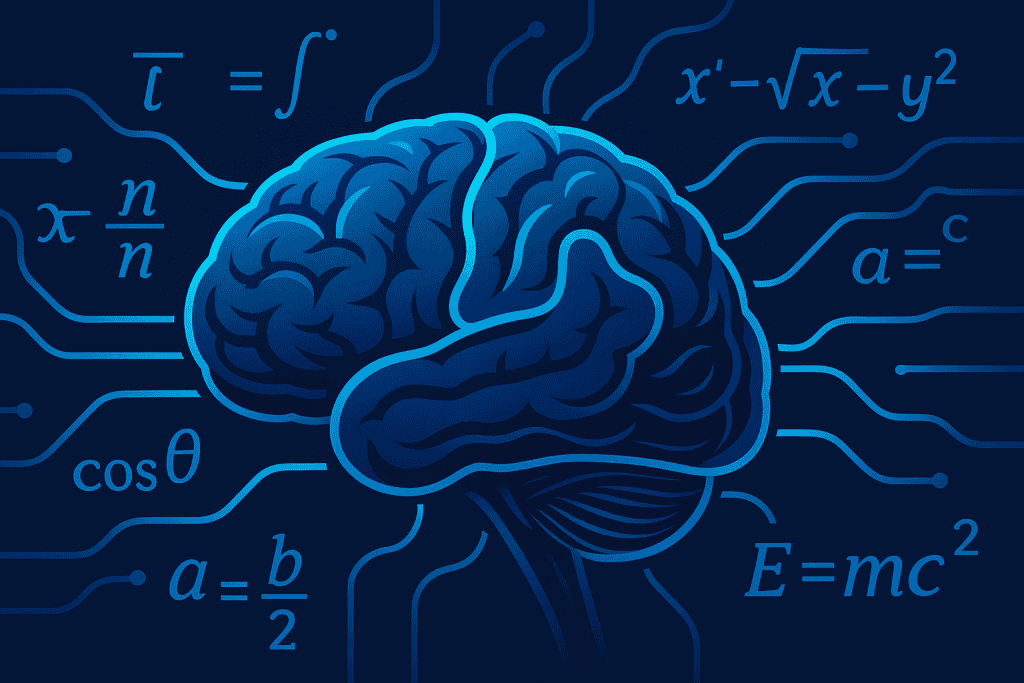
Neuro-symbolic AI is revolutionizing the way businesses operate, combining the reasoning capabilities of symbolic AI with the pattern recognition strength of neural networks. By integrating it into your business workflow, you can enhance decision-making, automate processes, and uncover deeper insights from your data.
This hybrid AI approach is particularly powerful for solving complex problems that require both logic and intuition. As organizations face increasing demands for efficiency and accuracy, adopting neurosymbolic AI ensures smarter, faster, and more scalable workflows. In this guide, we’ll walk you through how to integrate this cutting-edge technology into your business processes.
Materials or Tools Needed
Before getting started, ensure you have the following materials and tools in place:
| Materials/Tools | Description |
|---|---|
| Data Infrastructure | Cloud-based systems to store, process, and manage structured and unstructured data. |
| AI Development Framework | Tools like IBM Watson, TensorFlow, or PyTorch to build and integrate AI models. |
| Skilled Team | AI developers, data scientists, and domain experts to deploy and fine-tune systems. |
| Neuro-symbolic AI Platform | Solutions from Bosch AI, IBM Research, or open-source frameworks for neuro-symbolic AI. |
Step-by-Step Guide to Integrating Neuro-Symbolic AI

Step 1: Evaluate Your Current Workflow
Begin by assessing your existing business processes and identifying pain points that neuro-symbolic AI can address.
- Map out tasks that involve repetitive data processing, complex decision-making, or customer interactions.
- Consult domain experts and AI specialists to pinpoint inefficiencies or bottlenecks in your current workflows.
- Prioritize tasks where neurosymbolic AI offers the most significant impact, such as fraud detection, predictive analytics, or natural language processing.
Example:
A retail business could use neurosymbolic AI to analyze purchasing patterns and improve inventory management.
Step 2: Choose the Right Neuro-Symbolic AI Platform
Selecting the right platform is essential to ensure compatibility with your goals and technical infrastructure.
- Research platforms like Bosch AI and IBM’s neuro-symbolic AI solutions for prebuilt models and customization options.
- Look for tools that support hybrid AI integration and offer scalability for growing business needs.
- Check for interoperability with your existing systems, such as CRM, ERP, or data pipelines.
Tip:
Explore platforms offering modular features so you can gradually add functionalities without disrupting your workflow.
Step 3: Prepare and Label Your Data
Data is the foundation of any AI system. Proper preparation and labeling ensure accurate results.
- Organize your datasets by categorizing them into structured (databases) and unstructured (emails, images) formats.
- Use annotation tools to label data effectively, especially for training symbolic reasoning models.
- Cleanse your data to eliminate duplicates, inconsistencies, or incomplete entries.
Pro Tip:
Leverage prebuilt datasets from AI platforms if you lack sufficient internal data.
Step 4: Build and Train the AI Model
The next step is to develop and train your neurosymbolic AI model using your chosen platform.
- Combine symbolic reasoning systems (logic-based frameworks) with deep learning architectures (neural networks).
- Train the model iteratively, testing it against a subset of your data to ensure accuracy and efficiency.
- Monitor performance metrics such as precision, recall, and F1 score to evaluate its effectiveness.
Example:
A healthcare organization could train its AI to interpret patient data and provide diagnostic recommendations.
Step 5: Test and Fine-Tune the System
Before deployment, thoroughly test your AI system to identify any errors or areas for improvement.
- Run the AI model on real-world scenarios to evaluate its performance and reliability.
- Collect feedback from end-users, such as employees or customers, to refine the outputs.
- Regularly update the model as new data becomes available or business needs evolve.
Tip:
Set up an iterative testing process to continually improve decision-making accuracy over time.
Step 6: Deploy and Monitor the Workflow
Once fine-tuned, deploy your neurosymbolic AI model into your business workflow.
- Integrate the system into your day-to-day operations, such as customer service automation or fraud detection.
- Monitor performance using analytics dashboards to ensure it meets KPIs.
- Establish protocols for troubleshooting and maintaining the system.
Example:
An insurance company might use neurosymbolic AI to streamline claims processing and reduce response times.
Do’s and Don’ts

Do’s:
- Start Small: Begin with a pilot project to test the effectiveness of neurosymbolic AI before scaling up.
- Collaborate: Work closely with AI specialists and domain experts to align the system with your goals.
- Ensure Compliance: Verify that your AI system adheres to data privacy and security regulations.
- Invest in Training: Educate your team on how to use and benefit from neurosymbolic AI.
Don’ts:
- Don’t Ignore Data Quality: Poorly prepared data leads to inaccurate results.
- Don’t Overcomplicate: Focus on solving one problem at a time rather than trying to overhaul multiple workflows at once.
- Don’t Skip Testing: Inadequate testing can result in system failures or biased outputs.
- Don’t Forget Maintenance: Regular updates and monitoring are crucial for long-term success.
Conclusion
Integrating neurosymbolic AI into your business workflow is a game-changer for smarter decision-making and improved operational efficiency. By following the steps outlined in this guide—evaluating workflows, selecting the right platform, preparing data, building models, and deploying systems—you can harness the full potential of this hybrid AI approach.
Start small, test rigorously, and scale gradually for maximum impact. Neuro-symbolic AI offers businesses the tools they need to stay competitive in an increasingly AI-driven world.
FAQs
1. What industries benefit the most from neuro-symbolic AI?
Industries like healthcare, finance, retail, and logistics can significantly benefit from the hybrid capabilities of neuro-symbolic AI.
2. How long does it take to integrate neuro-symbolic AI into a workflow?
The timeline varies but typically ranges from a few months to a year, depending on the complexity of your workflow.
3. Do I need a large team to implement neuro-symbolic AI?
Not necessarily. Start with a small, skilled team of AI developers and domain experts, and scale as needed.
Resources
- Bosch AI. Neuro-Symbolic AI.
- IBM Research. Neuro-Symbolic AI.
- Springer. Neuro-Symbolic AI Advances.
- TechTarget. Definition of Neuro-Symbolic AI.
- The Alan Turing Institute. Neuro-Symbolic AI Research.
